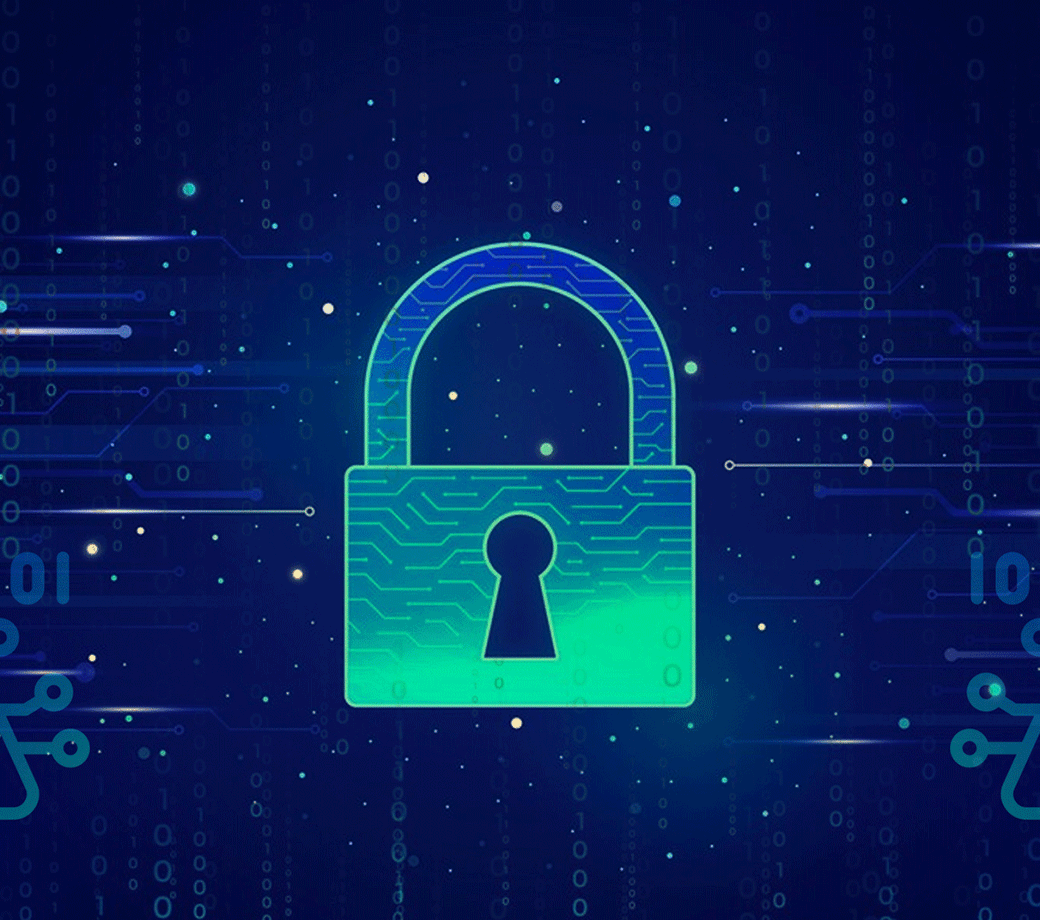The more digital businesses grow, the more cybersecurity threats they face. The list of potential risks is broad and constantly evolving—from insider threats and system misconfigurations to ransomware attacks and phishing schemes. In this fast-changing landscape, cybersecurity measures are no longer optional—they’re essential for business risk management.
But knowing which threats matter most isn’t always clear-cut. That’s where a cybersecurity risk assessment for businesses becomes critical. These evaluations help organizations identify vulnerabilities in their digital ecosystem, understand the impact of cyber threats, and prioritize the cybersecurity solutions needed to reduce exposure and stay secure.
Though many companies spend a lot on security measures, they neglect the first and most important step: identifying what they are defending and from whom. An organized approach to mapping assets, threats, and vulnerabilities helps a cybersecurity risk assessment to address this issue. The outcome is clear: which systems are at risk, how likely it is that they will be targeted, and what impact a corporate attack would have.
What Is a Cybersecurity Risk Assessment?
A cybersecurity risk assessment is a systematic approach to help companies find, analyze, and evaluate the security threats to their information systems.
A systematic approach called a cybersecurity risk assessment enables companies to find, examine, and assess the security concerns of their information systems. Designed to guide decisions, it reveals which areas call for focus and funding. Unlike one-size-fits-all checklists, evaluations are customized to the particular technology, processes, and hazards every company confronts.
Critical assets—databases, software, user accounts, and intellectual property—are first identified in the evaluation. It then assesses the probability that these assets could be compromised and the resulting effects. Such an approach lets businesses concentrate their cybersecurity measures where they matter most instead of wasting resources too thinly across low-risk regions.
Risk evaluations reveal more than just clear defects. They also expose concealed problems brought on by antiquated technology, third-party suppliers, or perhaps internal staff conduct. Lacking this knowledge, companies could overlook significant vulnerabilities that may appear minor at first glance.
Why Cybersecurity Solutions Must Be Aligned With Risk
The Need for Cybersecurity Solutions to Fit Risk
No two companies experience the same degree or kind of risk. While an eCommerce site would give uptime and payment security top priority, a healthcare organization could be most worried about data privacy and HIPAA compliance. Cybersecurity measures have to fit with actual threats since only a comprehensive risk assessment can reveal this.
Your cybersecurity investment becomes purposeful rather than haphazard. You invest where it matters, safeguard your most precious resources, and steer clear of spending time and money on one-size-fits-all solutions that don’t suit your requirements.
Cybersecurity risk evaluations help to support budget demands as well by showing leaders a clear list of prioritized risks together with suggested cybersecurity measures. It changes security from a cost center to a business enabler.
Advantages of Cybersecurity Risk Analysis
- Comprehensive organizational risk awareness
- We give top priority to developing a roadmap for cybersecurity investment.
- Improved consistency with rules and compliance criteria
- More knowledge and involvement among non-technical leaders
- Less chance of events and quicker recovery should one happen
Risk assessments let companies act on evidence rather than supposition. Every dollar spent on cybersecurity measures thus becomes more efficient.
The Mechanics of the Assessment Process
Usually, cybersecurity risk evaluations are methodical. Starting with the scope definition—what systems, departments, or processes will be studied? The study might cover third-party vendor links, remote access configurations, cloud platforms, or internal networks.
The evaluation team then compiles information by means of policy reviews, system scans, surveys, and interviews. To provide a whole picture of the present security environment, they examine current controls, historical events, and organizational processes.
We examine every potential risk and weakness for two factors: its likelihood of occurring and the potential impact if it does. These risk ratings generate a heat map or matrix that highlights the locations that require immediate attention.
Recommending cybersecurity solutions customized to every noted danger is the last stage. This phase could involve policy and governance reforms, employee training courses, revised access controls, or new software.
When Should Companies Conduct a Risk Assessment and Seek Cybersecurity Solutions?
Risk evaluations are not one-and-done. They should be done often and should follow any significant environmental change. Events that ought to set off a fresh evaluation are
- Infrastructure overhauls or cloud migrations
- The introduction of new digital platforms or services
- Acquisition or merger of another firm
- Variations in corporate rules or compliance criteria
- A recent security breach or cyber event
Regular evaluations guarantee that your cybersecurity measures remain relevant with your changing threat environment.
One Protect: Risk Assessment for Smarter Cybersecurity Solution
OneProtect offers expert-led cybersecurity risk assessments for companies all throughout the United States. Its staff members cooperate closely with customers to know their surroundings, identify their most urgent concerns, and link those concerns to the cybersecurity solutions that are most effective to reduce them.
Every assessment conducted by One Protect is highly customized. The assessment is based on actual working conditions, not templates, whether a company is small and cloud-native or a big corporation with complicated infrastructure. This process guarantees that suggestions are significant, affordable, and relevant.
Apart from identifying risks, One Protect provides definite action plans. They enable companies to select and apply cybersecurity measures fitting their objectives, financial constraints, and regulatory requirements. Their emphasis is on creating long-term resilience for tomorrow’s dangers, not only on patching current problems.
Typical Errors Businesses Make With Cybersecurity Risk Assessments
Common Mistakes Businesses Make With Risk Assessments
- Treating assessments as a one-time event rather than a recurring process
- Using generic tools that don’t reflect real-world risks
- Failing to involve key departments like HR, finance, and operations
- Ignoring low-probability, high-impact threats
- Delaying action after findings are reported
Avoiding these mistakes ensures that the time and resources spent on assessments result in meaningful cybersecurity improvements.
Conclusion
In a digital economy where the stakes are high and threats are constant, understanding your organization’s specific risk landscape is no longer a luxury—it’s a requirement. A cybersecurity risk assessment is the most effective way to align your defenses with your most valuable assets and biggest threats.
With the insight gained from a structured assessment, your business can prioritize its cybersecurity solutions, deploy resources more wisely, and stay ahead of evolving threats. It’s not just about protection—it’s about preparation, clarity, and control.
Need help identifying where your organization is most vulnerable? Contact One Protect to schedule a comprehensive cybersecurity risk assessment and take the next step toward smarter, more secure operations.





